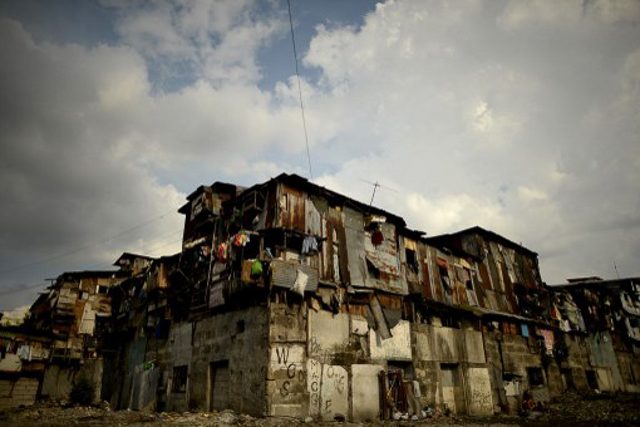SUMMARY
This is AI generated summarization, which may have errors. For context, always refer to the full article.

MANILA, Philippines – The Philippines likely won’t be joining the ranks of upper-middle income economies in 2019 due to slower than expected economic growth in the 1st quarter of the year, said Socioeconomic Planning Secretary Ernesto Pernia on Wednesday, July 24.
Countries classified as upper-middle income economies have a gross national income (GNI) per capita between $3,956 and $12,235, according to the World Bank.
The GNI is a measurement of a country’s income. The Philippines’ GNI per capita or per person was at around $3,900 as of 2018.
“It’s still possible that we can achieve upper-middle [income] country status this year, but I think it’s going to be surer next year,” Pernia said in a press briefing.
The country’s gross domestic product slowed down to a 4-year low of 5.6% in the 1st quarter of 2019.
The climb toward upper-middle income status means that the Philippines has a more robust economy, but also means that it will no longer have access to certain official development assistance and lower interest rates for loans.
However, Socioeconomic Planning Undersecretary Rosemarie Edillon previously told Rappler that the Philippines may no longer need such assistance, as the higher status means that the country’s economy has stronger legs to hold itself up. Other financing schemes are also still available. (WATCH: Rappler Talk: Measuring poverty, shaping policy with NEDA’s Edillon)
Economist and Rappler columnist JC Punongbayan previously said that joining the upper-middle income club is also not such a feat to be proud of. (READ: [ANALYSIS] Upper-middle income Philippines by 2019: How true?)
“[This is] considering that the group currently includes such countries as Iran, Brazil, and Venezuela, all of which are in the throes of severe economic crises that have only exacerbated poverty,” Punongbayan said.
“In other words, upper-middle income status will not necessarily be a boon for the poor,” he added. – Rappler.com
Add a comment
How does this make you feel?
There are no comments yet. Add your comment to start the conversation.